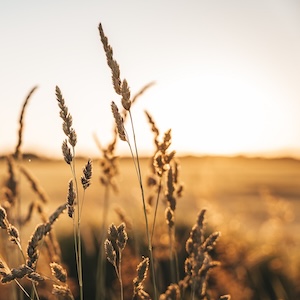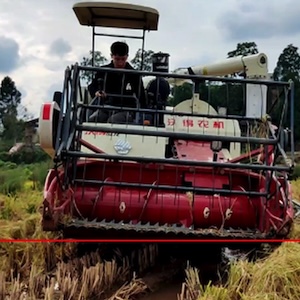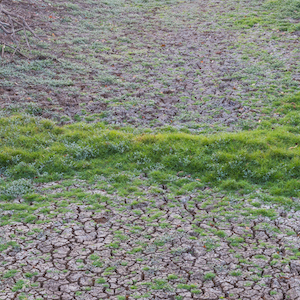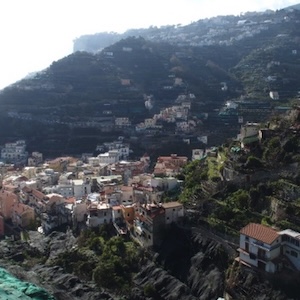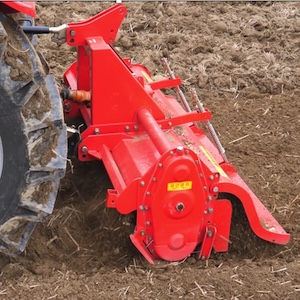YOLO deep learning algorithm for object detection in agriculture: a review
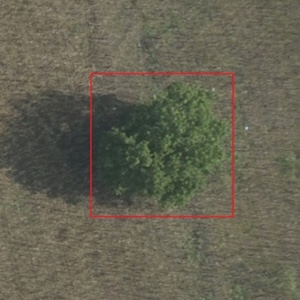
HTML: 115
All claims expressed in this article are solely those of the authors and do not necessarily represent those of their affiliated organizations, or those of the publisher, the editors and the reviewers. Any product that may be evaluated in this article or claim that may be made by its manufacturer is not guaranteed or endorsed by the publisher.
Authors
YOLO represents the one-stage object detection also called regression-based object detection. Object in the given input is directly classified and located instead of using the candidate region. The accuracy from two-stage detection is higher than one-stage detection where one-stage object detection speed is higher than two-stage object detection. YOLO has become popular because of its Detection accuracy, good generalization, open-source, and speed. YOLO boasts exceptional speed due to its approach of using regression problems for frame detection, eliminating the need for a complex pipeline. In agriculture, using remote sensing and drone technologies YOLO classifies and detects crops, diseases, and pests, and is also used for land use mapping, environmental monitoring, urban planning, and wildlife. Recent research highlights YOLO's impressive performance in various agricultural applications. For instance, YOLOv4 demonstrated high accuracy in counting and locating small objects in UAV-captured images of bean plants, achieving an AP of 84.8% and a recall of 89%. Similarly, YOLOv5 showed significant precision in identifying rice leaf diseases, with a precision rate of 90%. In this review, we discuss the basic principles behind YOLO, different versions of YOLO, limitations, and YOLO application in agriculture and farming.
How to Cite

This work is licensed under a Creative Commons Attribution-NonCommercial 4.0 International License.
PAGEPress has chosen to apply the Creative Commons Attribution NonCommercial 4.0 International License (CC BY-NC 4.0) to all manuscripts to be published.
Similar Articles
- Alessandro Toccolini, Simone Felisari, Paolo Stefano Ferrario, Design of green spaces located below the urbanised level. Themes, problems and solutions applied to a case study , Journal of Agricultural Engineering: Vol. 46 No. 4 (2015)
- Giuseppe Ruggiero, Giuseppe Verdiani, Stefano Dal Sasso, Evaluation of carrying capacity and territorial environmental sustainability , Journal of Agricultural Engineering: Vol. 43 No. 2 (2012)
- Z. Ludwiczak, S. Benni, P. Tassinari, The study of rural landscape at the farm scale: changes in traditional signs and structures , Journal of Agricultural Engineering: Vol. 44 No. s2 (2013): Proceedings of the 10th Conference of the Italian Society of Agricultural Engineering
- Roger Boulton, A self-sustainable winery, an advanced passive building and remote monitoring of environments in wineries , Journal of Agricultural Engineering: Vol. 48 No. s1 (2017): Special Issue
- Jacopo Bacenetti, Sara González-García, Aira Mena, Marco Fiala, Life cycle assessment: an application to poplar for energy cultivated in Italy , Journal of Agricultural Engineering: Vol. 43 No. 2 (2012)
- A. Battiato, E. Diserens, L. Sartori, Traction performance simulation for mechanical front wheel drive tractors: towards a practical computer tool , Journal of Agricultural Engineering: Vol. 44 No. s2 (2013): Proceedings of the 10th Conference of the Italian Society of Agricultural Engineering
- Giovanni Russo, Giuseppe Verdiani, The health risk of the agricultural production in potentially contaminated sites: an environmental-health risk analysis , Journal of Agricultural Engineering: Vol. 43 No. 3 (2012)
- Giuliano Vox, Evelia Schettini, Effects of agrochemicals, ultra violet stabilisers and solar radiation on the radiometric properties of greenhouse films , Journal of Agricultural Engineering: Vol. 44 No. 2 (2013)
- Andrea Petroselli, Ettore Arcangeletti, Elena Allegrini, Nunzio Romano, Salvatore Grimaldi, The influence of the net rainfall mixed Curve Number – Green Ampt procedure in flood hazard mapping: a case study in Central Italy , Journal of Agricultural Engineering: Vol. 44 No. s2 (2013): Proceedings of the 10th Conference of the Italian Society of Agricultural Engineering
- Maurizia Sigura, RURAL LANDSCAPE MULTIFUNCTIONALITY: A GIS BASED APPROACH FOR ASSESSING AREAS CHARACTERISED BY ECOLOGICAL FUNCTIONS , Journal of Agricultural Engineering: Vol. 41 No. 4 (2010)
<< < 28 29 30 31 32 33 34 35 36 37 > >>
You may also start an advanced similarity search for this article.

 https://doi.org/10.4081/jae.2024.1641
https://doi.org/10.4081/jae.2024.1641




